11 March This visit to Cosmeston started with me being yaffled at by a Green woodpecker – I always think they’re jeering at me, trying to lure me into stalking them for that ever-elusive close-up. I resisted and walked on, then paused to watch a Magpie trying to carry off a very large twig / small branch, proof that nest-building has begun.
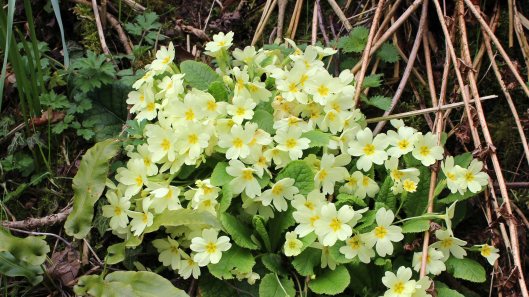
Masses of pale Primroses were flowering prettily along the western boundary path, and the lake was overflowing the boardwalk at the west end due to recent heavy rain.

I paused near there, as I always do, to look at the gulls and finally, FINALLY, spotted the drake Scaup that’s been visiting the Cosmeston lakes on and off in recent weeks, this time in company with a female Tufted duck, which could be why some interesting hybrids are occasionally sighted locally.
I walked up Mile Road and then off the main track to where the bird hide used to be (it was burnt down by vandals last year and has not been rebuilt), and spotted a Treecreeper hopping up a nearby tree, then turned to see a group of five Gadwall on the east lake, much closer in than usual.
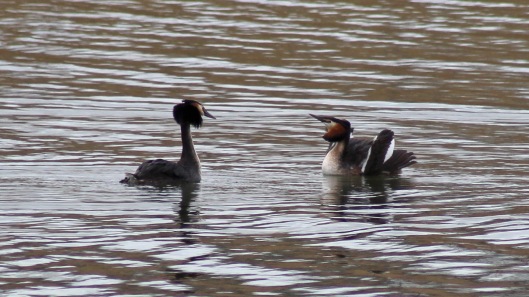
I watched them a while then was charmed to also watch a pair of Great crested grebes displaying – more on those here. I wandered on, up Mile Road to the top end where I head back in to suburbia, and was farewelled by a large flock of perhaps fifty Fieldfare and Redwing that flew up from the area of Old Cogan Farm and landed in the trees above me.
16 March I only walked through Cosmeston as part of a longer walk from Sully to Penarth, so I didn’t linger long but I did manage to get closer views and better photos of the Scaup, as it was sitting right off the boardwalk and ‘swan feeding area’ near the cafe. And I also detoured past the dipping pond to check out the Common frog eruption – see more on the frogs here.
19 March I stomped off to Cossie with snow still on the ground (but steadily melting) after the ‘Mini-beast from the east’, the second instalment of cold weather to blast us this month. The most notable wildlife effect was in the large numbers of Meadow pipits to be seen, sometimes in singles, at one point a flock of at least 20 grazing together.
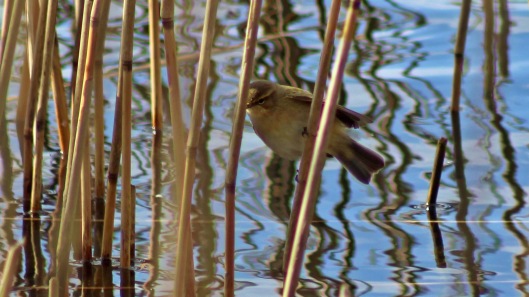
It was also a day of confusing birds: there was a female Blackbird with a pale bib, making me think she might be a Ring ouzel, and two Chiffchaffs pretending to be Reed warblers, presumably because there were more insects to be had close to the water – behaviour also seen at another site in south Wales that day.
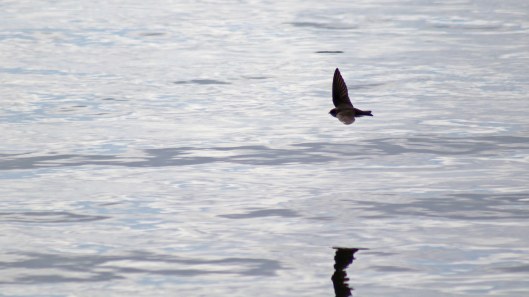
And, another sign of spring, I saw my first Sand martins of the year, three of them, hawking back and forth on the east lake.
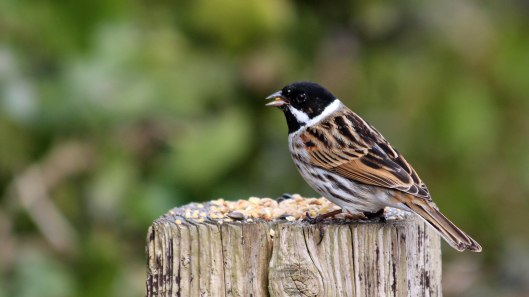
23 March Once again, this was a walk through rather than around Cosmeston, as I was doing the same walk as a week ago, from Sully back home. As I had recently stocked up on bird seed, I was sprinkling small amounts here and there as I strolled, and was delighted to see three male Reed buntings come down for a snack in one spot – such handsome birds. The other highlight was the Chiffchaffs, at least six crisscrossing the lane between the two lakes, flycatching the multitude of little gnatty things flying about on this sunny day.
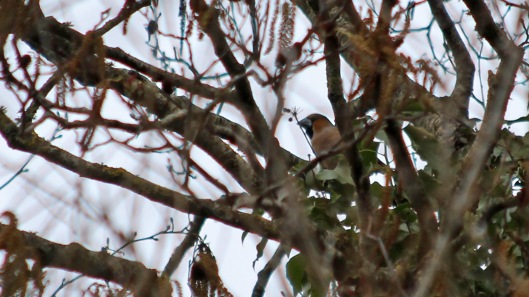
29 March Well, I wasn’t intending to make another visit to Cossie this month but then one of my birding friends spotted a Hawfinch there on the 27th and I couldn’t let that pass without at least having a look for it. (For non-birders, Hawfinches are usually difficult to find, though they have been having a good winter this year.) So, trying, somewhat unsuccessfully, to dodge heavy rain showers, I headed over to Cosmeston early this morning. I knew the approximate location to look but it certainly wasn’t easy spotting anything in the dense trees. Luckily, I had listened to the bird’s call on the RSPB website before I set off and that’s how I found it … by listening very very carefully and then following that sound. The bird was very high in a tree and almost obscured by intervening branches (my photo is a heavy crop) … but I was very chuffed to find it!
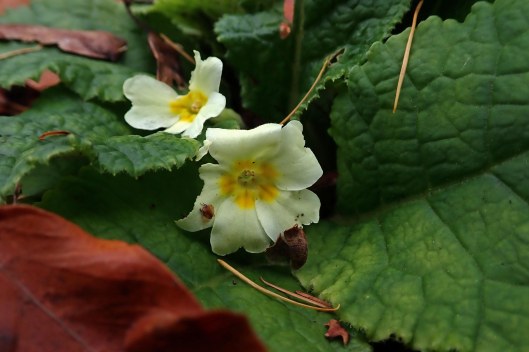


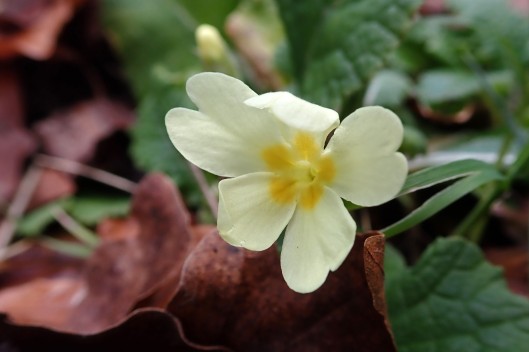
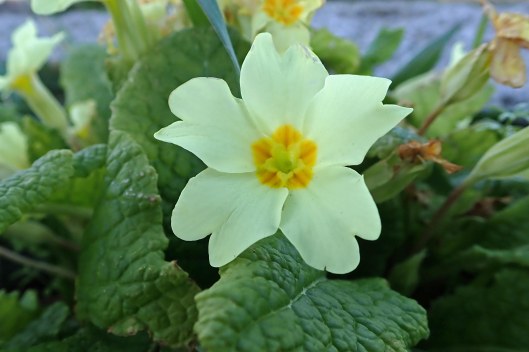


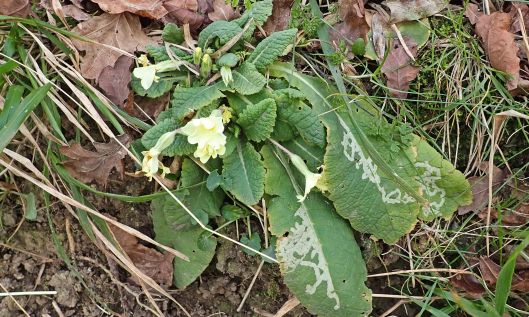


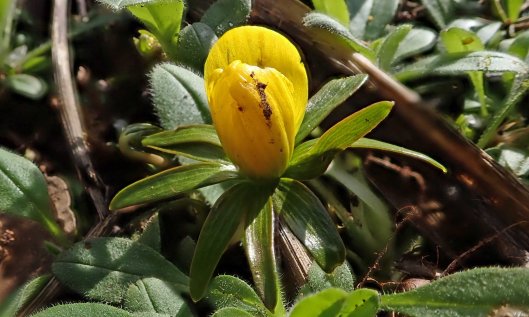
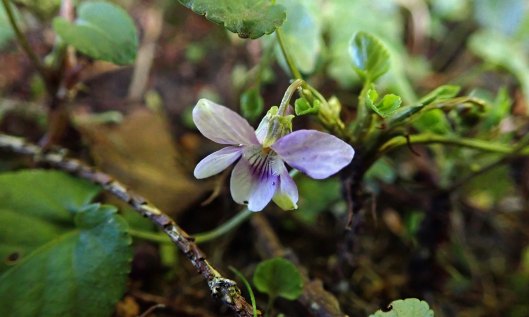
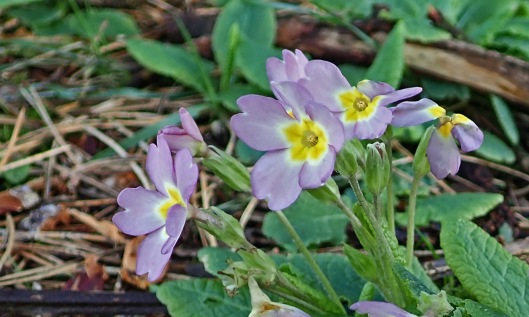
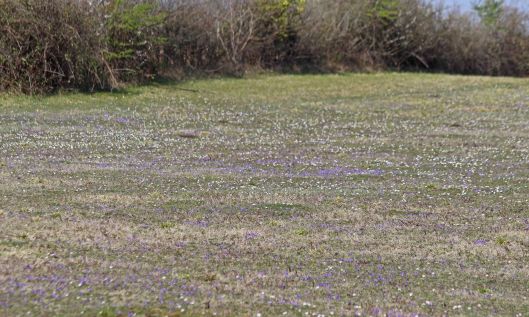




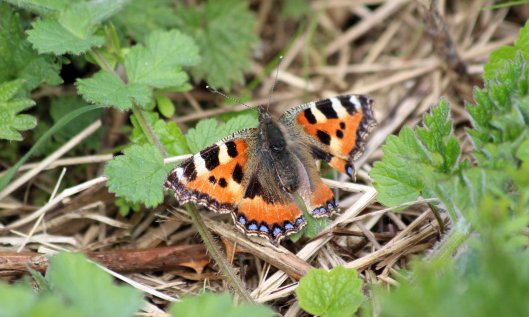















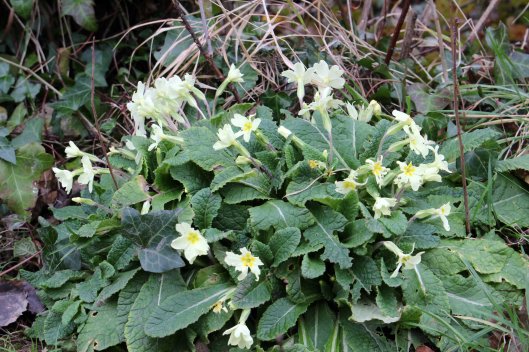
You must be logged in to post a comment.